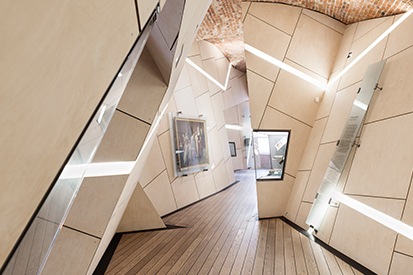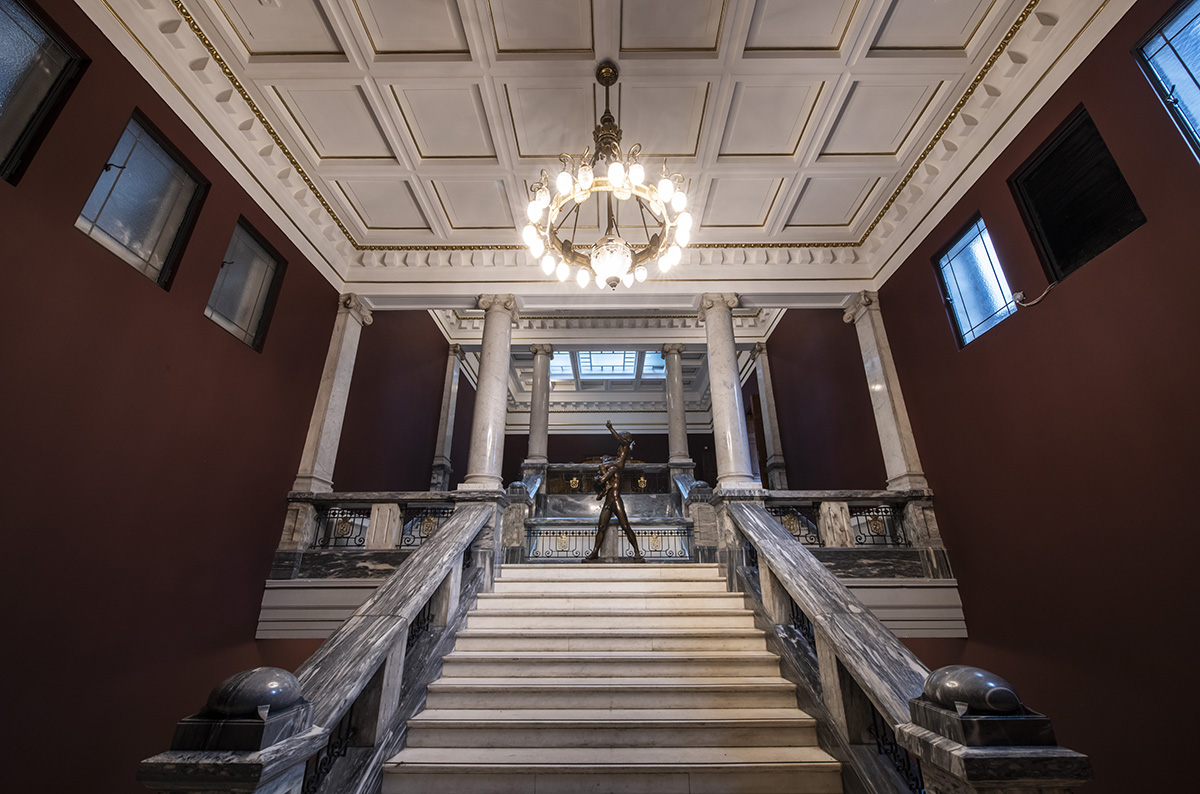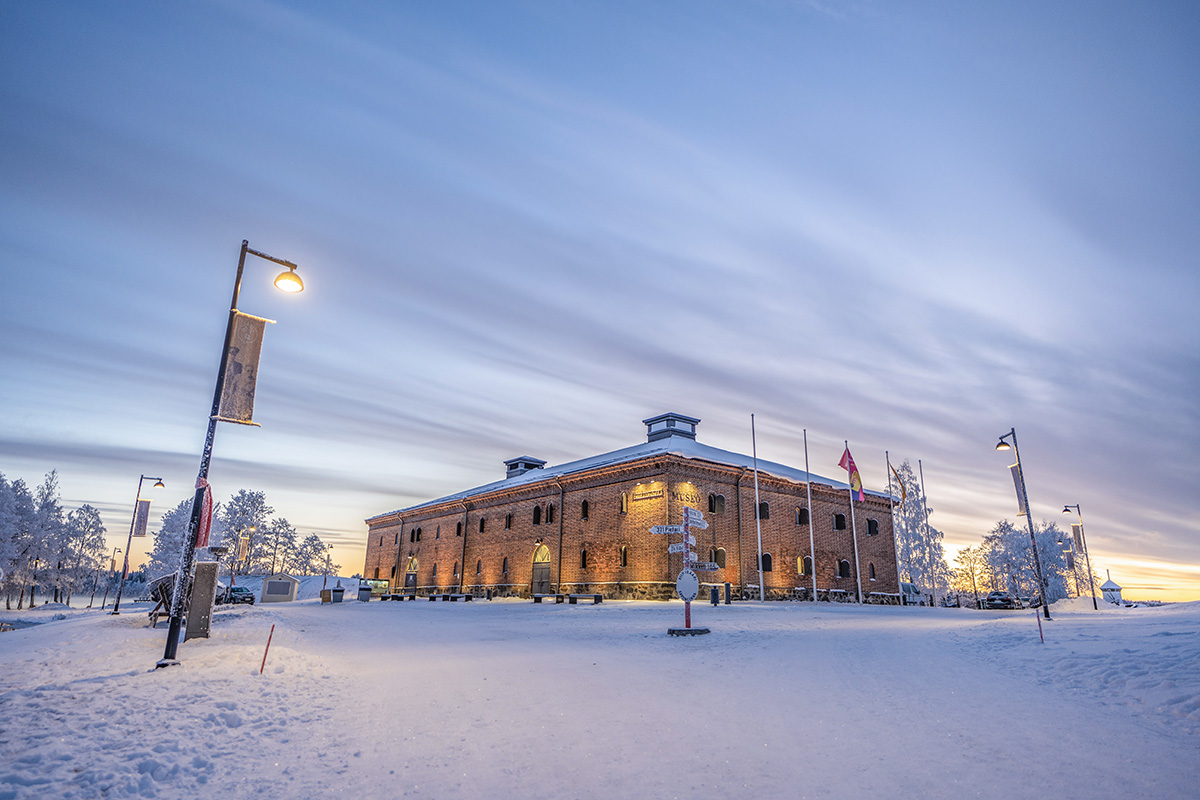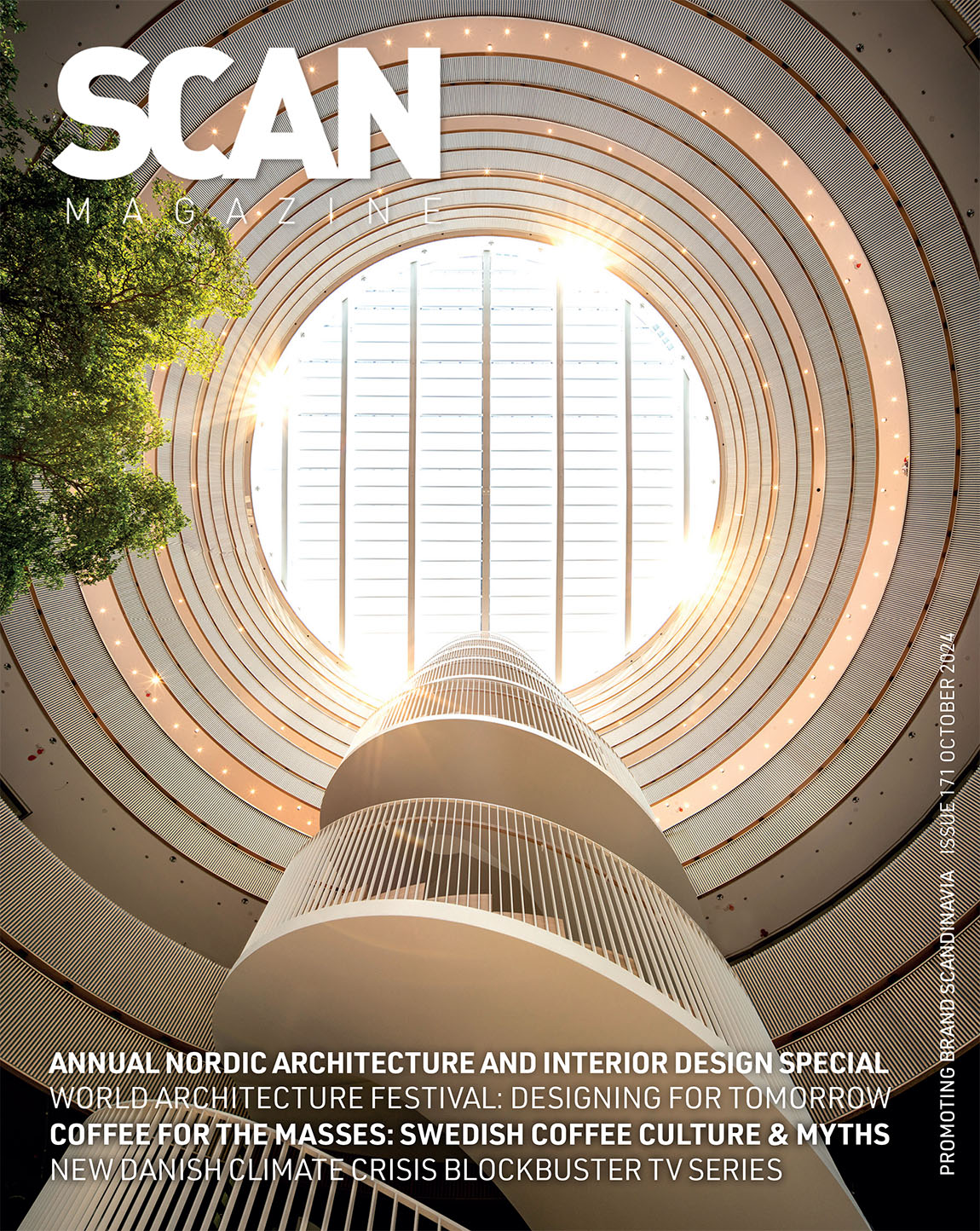Dansk Jødisk Museum

An architectural pearl
TEXT:NICOLAI LISBERG | PHOTOS © DANSK JØDISK MUSEUM AND JOSEFINE AMALIE
When architect Daniel Libeskind designed the Danish Jewish Museum, he wanted it to tell a story. That is why the story of the Danish Jews can be found in every little detail of the museum. In fact, it can even be found in the architecture itself.
‘Mitzvah’. It is a Hebrew word, which can be translated as ‘good deed’ – a word that has everything to do with the Danish Jewish Museum in the centre of Copenhagen, a museum designed by Daniel Libeskind, who was touched by the story of how the majority of Danish Jews were saved from Nazi persecution during the Second World War. “Libeskind always designs his work from a historical reference, and with our museum, he decided to focus on the escape in 1943, where 95 per cent of the Danish Jews escaped to Sweden and were saved due to the compassion of both Danes, who sailed them across the water, and their Swedish compatriots,” explains Sara Fredfeldt Stadager, curator at the Danish Jewish Museum in Copenhagen.
The museum is the only building Libeskind has designed in the north. The word ‘mitzvah’ has become part of the museum’s logo; the corridor area is shaped in the form of the Hebrew letters from the word, and the wood used is from Sweden, as a tribute to the country’s good deed. “Every architectural detail tells the story of Danish Jewish history, and it’s also worth mentioning that the building the museum is set in – today the Royal Library – was built by King Christian IV, who was the first king to welcome Jews to Denmark,” says Fredfeldt Stadager.
Subscribe to Our Newsletter
Receive our monthly newsletter by email





